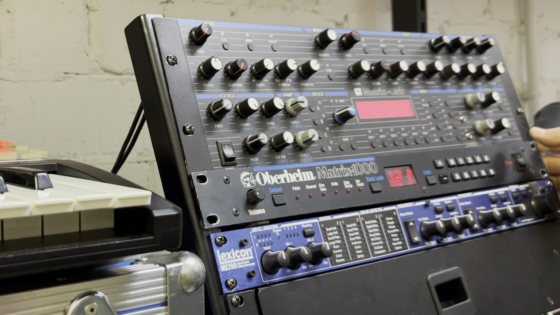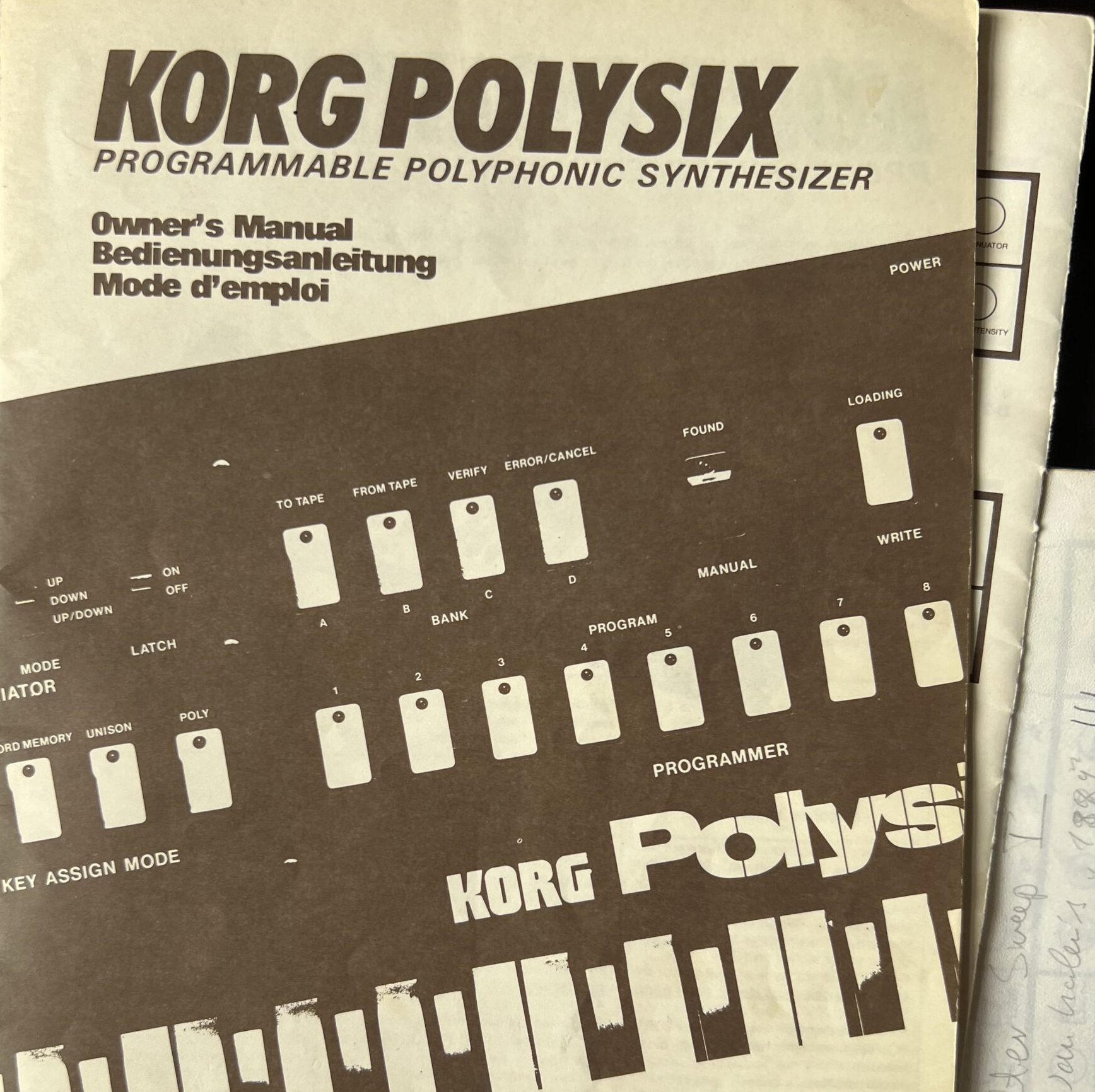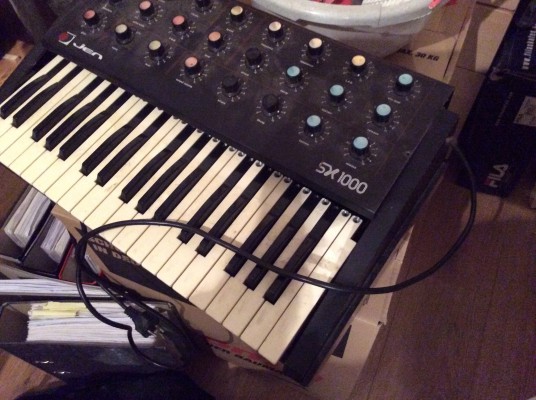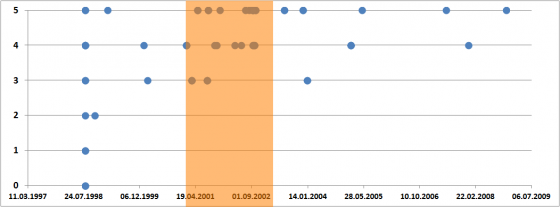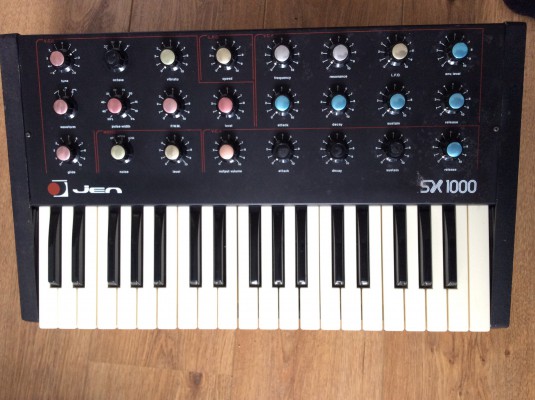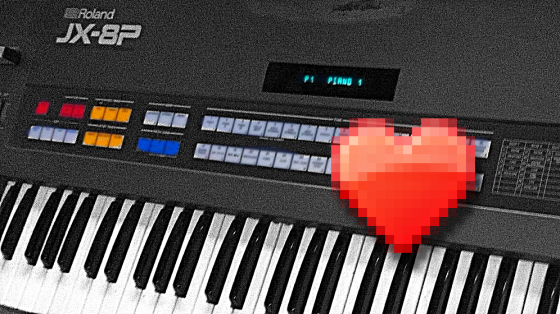An option for setting voice allocation in the Matrix simply does not work – never has – and nobody seems to have noticed up to now. But there’s a fix for that.
“Hey, I want that update! Especially as I already own V1.20!” — PLEASE READ HERE
A couple of days ago, Bob Grieb – the engineer behind the Matrix-1000 update I am selling here – got a email from a Matrix owner using the updated V1.20. The mail politely noted that the “Reassign/Rob” setting wasn’t working, and inquired whether there might be a problem with the V1.20 firmware. Bob, who does no longer own a Matrix-1000, fired up a Verilog simulation he had created for testing, and found that the Matrix owner indeed was right – the “Reassign/Rob” setting of Parameter 48 (0x030h) wasn’t working, and it wasn’t working in firmware V1.13 either – a very early patch of the last factory firmware by Oberheim itself.
So it was a bug that had always been there, and nobody seems to have noticed. Or, at least, have cared enough to look for a fix.
What “Reassign/Rob” is supposed to do – and why you never noticed
The Matrix-1000 has six voices. When your Matrix is playing six notes at once, it won’t accept any new notes unless you release one of the notes being played. This is the default setting, and it comes in two flavours, “Rotate”, and “Reassign”. They are set with values 0 and 1 of parameter 48, and the Matrix-1000 manual also has two more settings, Unison (all voices playing at once), and “Reassign/Rob”.
The Matrix-1000 manual is a bit cryptic about the meaning of all this; quoting from the Matrix-6 manual instead:
- ROTATE: When playing notes on the Keyboard, this polyphonic mode loops through the six Voices assigning each new note to next available voice.
- REASGN: Abbreviation for “Reassign”, this polyphonic mode is similar to ROTATE but notes that have the same pitch (otherwise known as “note value”) are reassigned to the same voice. For example, if you play Middle C it will be assigned to a certain voice. Every time thereafter when Middle C is played on the Keyboard, that voice will play. “Reassign”, by the way, is the KEYBOARD MODE enabled in the Basic Patch.
- UNISON: This mode takes the MATRIX-6 out of polyphonic mode and makes the synthesizer monophonic.
(…)- REAROB “Reassign Rob”: When in Reassign (REASGN) mode, voices will be robbed from keys held in the same way as ROTROB.
So what the “Reassign/Rob” value actually is supposed to do, is to enable voice stealing — notes being played suddenly go missing, making it painfully obvious that your synth is running out of resources. It is infuriating when we notice, and we seem to notice the limitations of a 6-voice synth a lot more when notes suddenly vanish than when they never appear in the first place.
So to be honest, I never noticed that this doesn’t work. Did you?
Bob, however, found the reason: The code for the note-stealing setting is 3, but there is a safety check that limits the parameter to entries from 0-2 instead of 0-3, so that the correct value can never be received. It’s only one byte that has to be changed – no, one bit, actually: Look for 0x81 0x02 0x22 0x02 in the ROM and change it to 0x81 0x03 0x22 0x02; changing one lousy bit. It’s that simple. And this is what we decided to call V1.21.
So how do I get it?
Unfortunately, this means that we will have to throw all V1.20s away, we cannot correct them. The one bit we have to change cannot be reprogrammed, so to upgrade from V1.20 to V1.21, you have to create a new chip, send it, and swap it.
And this is the main reason we don’t give the update away – this needs chips, and this takes work, so we charge you what is basically just the price of the chip and a fiver for programming it, and one Euro for Bob. We had a similar deal for Matrix-6 V2.14 owners when Bob discovered another bug that had always been hiding in the Matrix-6 firmware — and I hope you think that this is fair, because it is: after all, the bug wasn’t Bob’s fault, so he is in no obligation to fix it for free.
One last thought: ask yourself whether voice stealing is really worth the hassle. I know perfectly well that it’s quite possible to go GASsing for a software update, but: If you haven’t noticed the bug before, you probably won’t need the patch.

